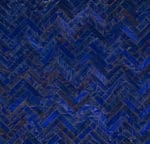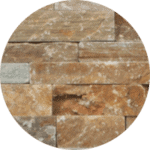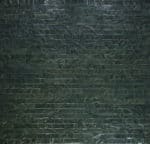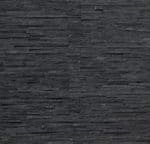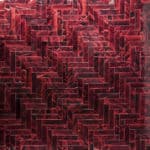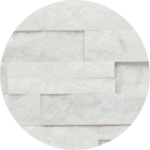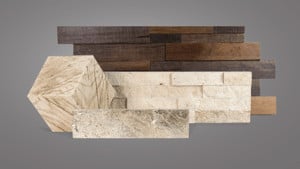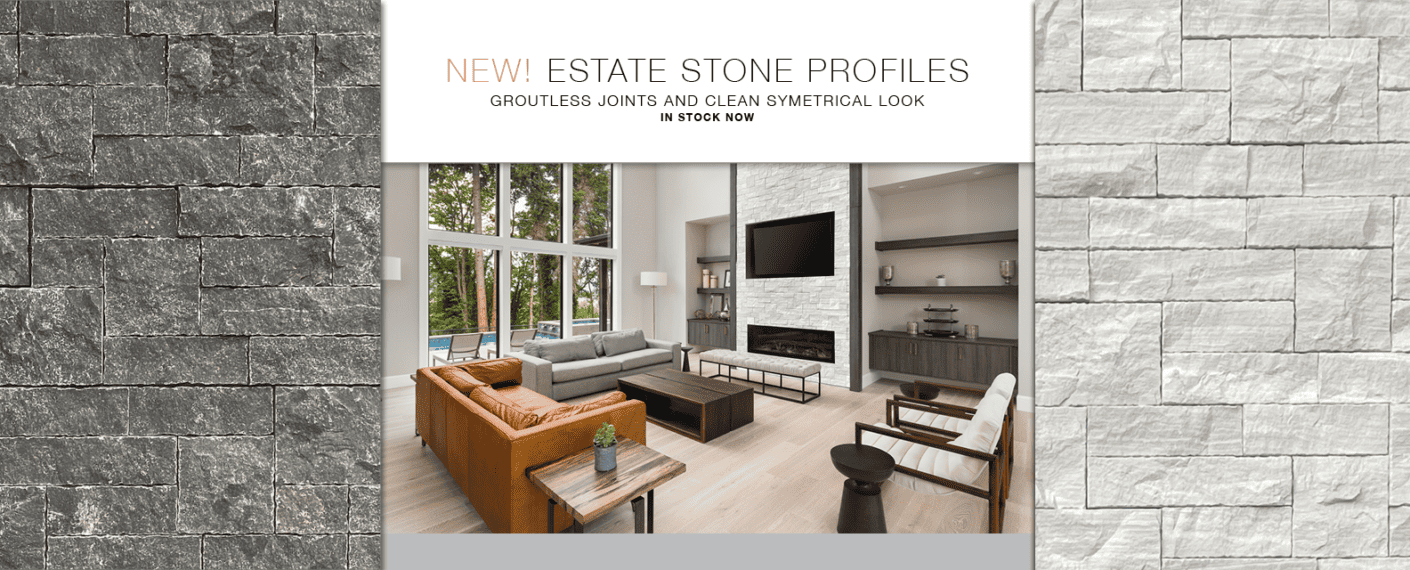The Advantages of Thin Brick
Introduction to Thin Brick
Thin brick is a popular and versatile building material that offers numerous advantages in both residential and commercial applications. Its aesthetic appeal, cost-effectiveness, durability, easy installation, and sustainable nature make it an excellent choice for various design and construction projects. In this article, we will explore the advantages of thin brick, its applications, tips for choosing the right thin brick, installation and maintenance guidelines, and more.
What is Thin Brick?
Thin brick, also known as brick veneer or brick tile, is a lightweight alternative to traditional full-sized bricks. It captures the natural beauty and texture of brick while offering increased flexibility in design and installation. Thin brick is typically made by slicing or molding real bricks to achieve a thinner profile, allowing for easier handling and installation.
Thin brick comes in various styles, colors, and finishes, making it suitable for a wide range of architectural designs. It can replicate the look of traditional brick walls, providing an authentic appearance without the added weight and cost. Now, let’s dive into the advantages of thin brick and explore why it is gaining popularity in the construction industry.
Advantages of Thin Brick
Aesthetics and Design Options
-
Wide range of brick colors and finishes
: Thin brick offers an extensive selection of colors, allowing you to match or complement the desired aesthetic of your project. From earthy red tones to modern whites and grays, the color options are virtually limitless. Different surface finishes, such as smooth, textured, or weathered, further enhance the design possibilities.
-
Versatility in design and architectural styles:
Thin brick can adapt to various architectural styles, ranging from traditional to contemporary. Whether you’re aiming for a rustic farmhouse look or a sleek urban design, thin brick provides the versatility to achieve your desired outcome.
-
Brick tiles for walls and backsplashes
: Thin brick is available in the form of tiles or panels, making it suitable for interior applications like accent walls, backsplashes, and fireplace surrounds. These brick tiles allow for easy installation and can create stunning focal points in both residential and commercial spaces.
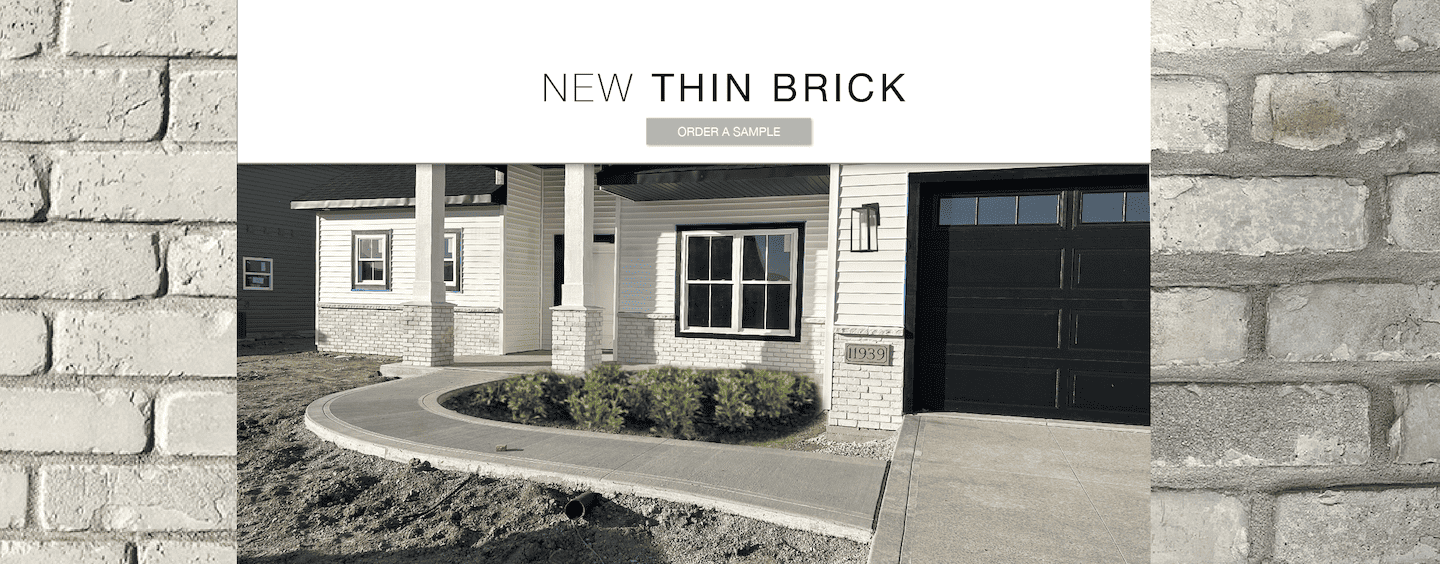
Cost-Effectiveness
-
Lower material and installation costs compared to full-sized bricks
: thin brick requires fewer materials and less labor for installation, resulting in reduced costs compared to using full-sized bricks. The lighter weight of thin brick also contributes to lower transportation and storage expenses.
-
Energy savings through improved insulation
: Thin brick provides an additional layer of insulation when installed properly. This added insulation can help regulate interior temperatures, reducing energy consumption and ultimately leading to cost savings over time.
Durability and Maintenance
-
Long-lasting and resistant to wear and tear
: Thin brick is highly durable and can withstand the test of time. It is resistant to cracking, fading, and chipping, ensuring a lasting and attractive appearance for years to come.
-
Minimal maintenance requirements
: Thin brick is relatively low maintenance. Routine cleaning with mild detergent and water is usually sufficient to keep it looking its best. Its inherent durability eliminates the need for frequent repairs or replacements.
-
Resistant to fire, pests, and weather conditions
: Thin brick provides an additional layer of fire protection, enhancing the safety of your property. It is also resistant to pests, such as termites, and can withstand various weather conditions without deteriorating.
Easy Installation
-
Lightweight and easy to handle
: The reduced weight of thin brick makes it easy to handle and transport. It requires less physical effort during installation, minimizing the strain on contractors and reducing installation time.
-
Can be installed directly over existing surfaces
: Thin brick can be installed directly over existing walls or surfaces, saving time and cost associated with demolition. This makes it a popular choice for renovations and remodeling projects.
-
Quick installation process with less labor
: The installation process for thin brick is relatively quick and straightforward. Contractors can complete projects efficiently, reducing labor costs and potential disruptions to your daily life.
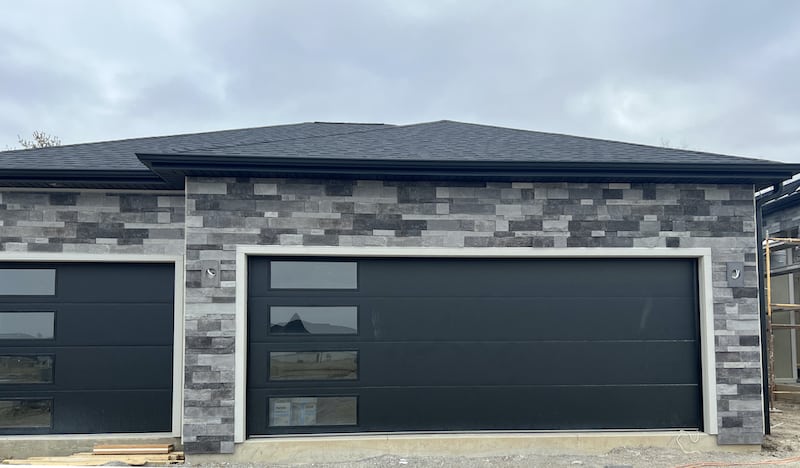
Applications of Thin Brick
Thin brick finds applications in various areas of design and construction. Here are some common uses:
Interior Design
-
Enhancing the aesthetics of residential and commercial interiors
: Thin brick can transform plain walls into visually appealing features, adding warmth and character to the space. It lends a timeless charm to living rooms, bedrooms, offices, restaurants, and more.
-
Creating focal points and accent walls
: Thin brick accent walls serve as eye-catching focal points, elevating the overall design of a room. Whether used in entryways, dining areas, or as a backdrop for artwork, they provide a unique and inviting ambiance.
-
Brick wall panels and tiles for a rustic or industrial look
: Thin brick panels and tiles offer a convenient way to achieve a rustic or industrial aesthetic. They can be easily installed in kitchens, bathrooms, or commercial spaces, adding texture and depth to the environment.
Exterior Cladding
-
Adding charm and character to the exterior of buildings
: Thin brick enhances the curb appeal of homes, offices, and retail establishments. It adds depth and texture to facades, creating a welcoming and visually appealing exterior.
2.Enhancing curb appeal and value
: The addition of thin brick cladding can significantly increase the value of a property. Its aesthetic appeal and durability make it an attractive choice for both homeowners and real estate developers.
3.Protecting the underlying structure
: Thin brick acts as a protective barrier against the elements, shielding the underlying structure from moisture, UV rays, and other potential damages. It contributes to the longevity of the building while maintaining its visual appeal.
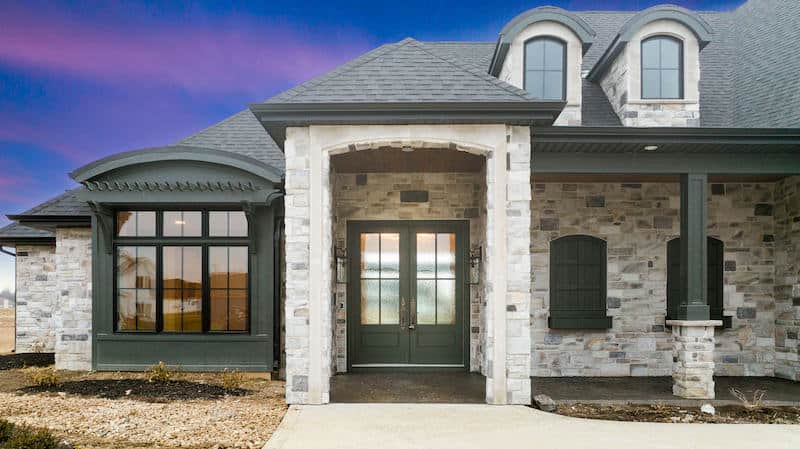
Fireplace Surrounds and Chimneys
-
Creating a timeless and cozy atmosphere
: Thin brick is a popular choice for fireplace surrounds, imparting a cozy and inviting ambiance to living spaces. It adds warmth and character to the focal point of a room, creating a perfect gathering spot.
-
Heat resistance and durability for fireplace applications
: Thin brick’s inherent heat resistance and durability make it an ideal material for fireplace surrounds and chimneys. It can withstand high temperatures and maintain its appearance even with prolonged exposure to heat.
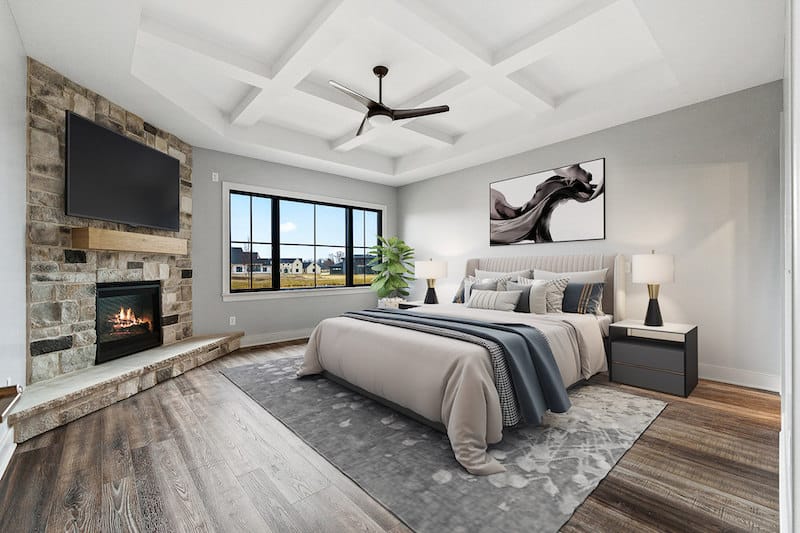
How to Choose Thin Brick
When selecting thin brick for your project, consider the following factors:
-
Color
: Choose a color that complements the overall design scheme and desired aesthetic. Consider options such as red, brown, gray, white, or a blend of multiple colors.
-
Texture and style
: Decide on the desired texture and style of the thin brick. Options range from smooth and clean-cut to weathered and rustic.
-
Coordination
: Ensure that the chosen thin brick coordinates well with other elements of the project, such as roofing, siding, or interior finishes. Achieving a cohesive look is essential for a visually appealing result.
-
Supplier
: Research and choose a reputable thin brick supplier who offers quality products and reliable customer service. Look for reviews, references, and samples to ensure you’re making the right choice.
Installation and Maintenance Tips
To ensure a successful installation and long-term performance of thin brick, consider the following tips:
Preparation and Surface Requirements
-
Assessing the substrate and ensuring proper preparation
: Before installation, assess the substrate to ensure it is structurally sound and free of moisture or contaminants. Clean the surface and repair any damages before proceeding with the installation.
-
Understanding adhesive and mortar options
: Choose the appropriate adhesive or mortar for thin brick installation. Consult with your supplier or contractor to determine the best option based on the specific project requirements and conditions.
-
Addressing potential challenges and ensuring proper installation
: Take into account any specific challenges related to the project, such as curved walls or corners. Seek professional guidance if needed to ensure a seamless and aesthetically pleasing installation.
Cleaning and Maintenance
-
Routine cleaning and care for thin brick surfaces
: Regularly clean thin brick surfaces using mild detergent and water. Avoid abrasive cleaners that could damage the brick or its finish. Gently scrub away any stains or dirt buildup.
-
Dealing with stains or discoloration
: If stains or discoloration occur, identify the source and use appropriate cleaning methods. Consult with your supplier or a professional for specific guidance on stain removal.
-
Maintaining the integrity and appearance of thin brick over time
: Periodically inspect the thin brick for any signs of damage or deterioration. Address any issues promptly to prevent further damage and maintain the longevity and visual appeal of the brick.
Conclusion
Thin brick offers numerous advantages, making it a popular choice for both interior and exterior design applications. Its versatility, cost-effectiveness, durability, easy installation, and sustainable nature make it an attractive option for various construction projects. Whether you’re looking to enhance the aesthetics of your living space, add character to a building’s exterior, or create a cozy fireplace surround, thin brick provides a versatile and durable solution.
FAQs
-
Can thin brick be used in wet areas like bathrooms or kitchens?
Yes, thin brick can be used in wet areas. However, proper installation and sealing are crucial to prevent water penetration and ensure longevity.
-
Can thin brick be installed by homeowners, or is professional installation necessary?
While thin brick installation is possible for skilled homeowners, it is recommended to hire professionals to ensure proper installation and adherence to building codes.
-
Are thin brick and brick veneer the same thing?
Yes, thin brick and brick veneer are terms often used interchangeably to refer to the same type of product.
-
Can thin brick be used on both interior and exterior surfaces?
Yes, thin brick is suitable for both interior and exterior applications, providing design flexibility and aesthetic appeal in various settings.
-
How long can thin brick last?
When installed and maintained properly, thin brick can last for several decades, thanks to its durability and resistance to wear and tear.
